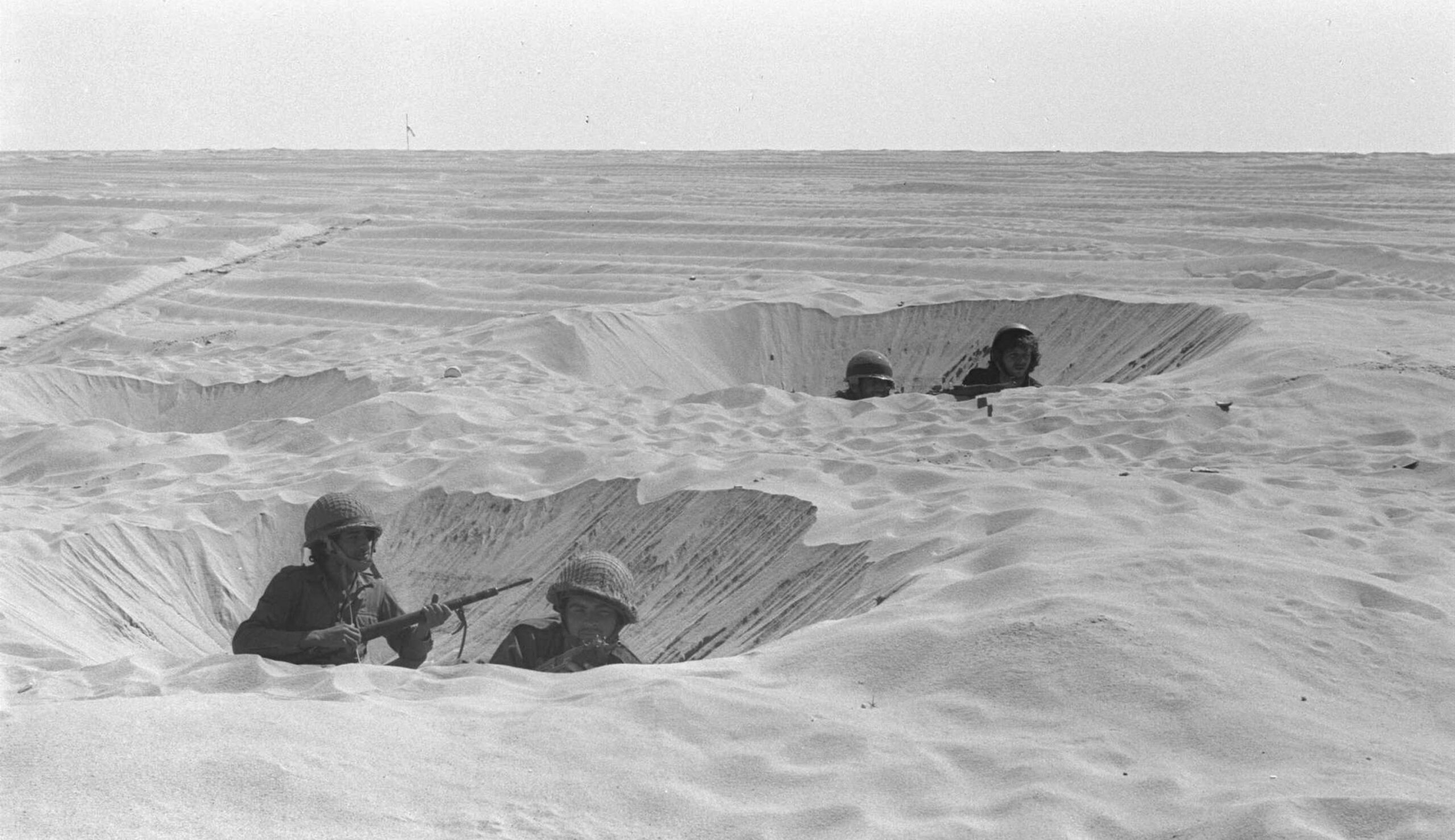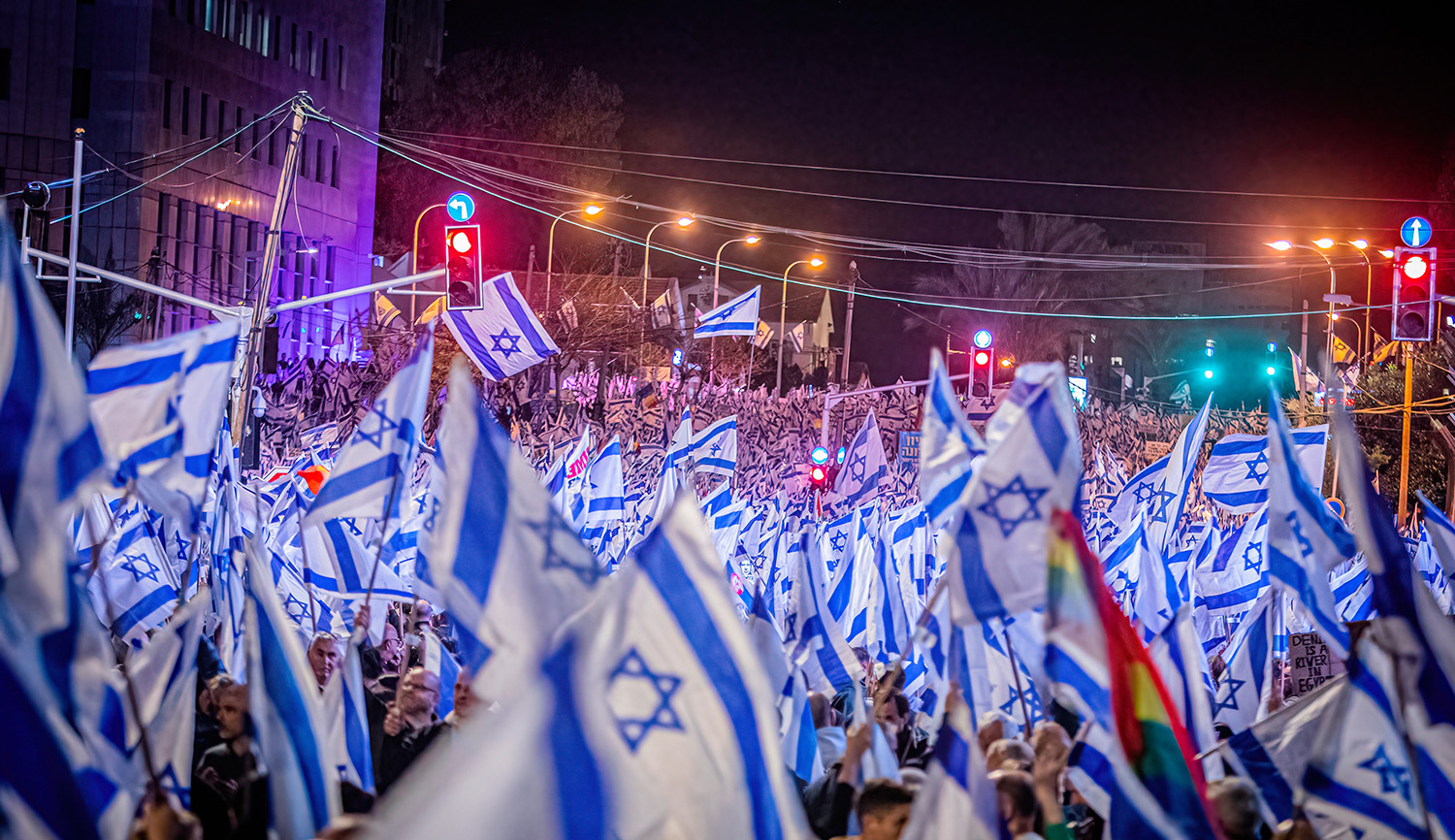A simultaneously wise and foolish folk hero whose humorous adventures tend to satirize figures of authority? To an Ashkenazi Jew, this might sound like one of the wise men of Chelm or the tales of Hershele of Ostropol. To a Moroccan Jew, it is an apt description of the folkloric character named Seha. Marc Eliany, who has recently published a book of these tales, writes:
Represented in Jewish, Muslim, and Christian stories throughout the Mediterranean basin, Seha was depicted in a variety of ways. In Jewish interpretations, Seha was the prophet Elijah, the Babylonian Rabbi Yose, an uneducated spice-maker, a saint, a yeshiva student, a wandering merchant, a jeweler, and a representative of Jewish Moroccan residents. . . . When my grandfather, a rabbi, told me stories, he described Seha as similar to himself. My maternal grandmother presented Seha as a socioeconomic and political hero—as a reflection of her own proximity to local political leaders. My paternal grandmother, on the other hand, transformed him into a comedic, self-deprecating figure.
In fact, self-deprecation in Moroccan Jewish storytelling serves as a means of coping with the limitations of the dhimma system—a Muslim law that charged non-Muslims a tax in exchange for freedom of religion and property ownership. Humor in Seha tales lessens the differences between Moroccan Jews and their Muslim neighbors, fulfilling a community need to elevate the status of dhimma Jews.
Read more at Jewish Book Council
More about: Chelm, Jewish folklore, Jewish humor, Moroccan Jewry


